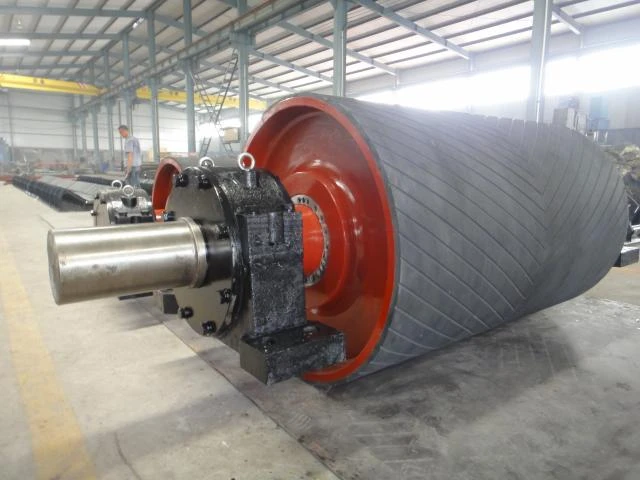 Afrikaans
Afrikaans  Albanian
Albanian  Amharic
Amharic  Arabic
Arabic  Armenian
Armenian  Azerbaijani
Azerbaijani  Basque
Basque  Belarusian
Belarusian  Bengali
Bengali  Bosnian
Bosnian  Bulgarian
Bulgarian  Catalan
Catalan  Cebuano
Cebuano  Corsican
Corsican  Croatian
Croatian  Czech
Czech  Danish
Danish  Dutch
Dutch  English
English  Esperanto
Esperanto  Estonian
Estonian  Finnish
Finnish  French
French  Frisian
Frisian  Galician
Galician  Georgian
Georgian  German
German  Greek
Greek  Gujarati
Gujarati  Haitian Creole
Haitian Creole  hausa
hausa  hawaiian
hawaiian  Hebrew
Hebrew  Hindi
Hindi  Miao
Miao  Hungarian
Hungarian  Icelandic
Icelandic  igbo
igbo  Indonesian
Indonesian  irish
irish  Italian
Italian  Japanese
Japanese  Javanese
Javanese  Kannada
Kannada  kazakh
kazakh  Khmer
Khmer  Rwandese
Rwandese  Korean
Korean  Kurdish
Kurdish  Kyrgyz
Kyrgyz  Lao
Lao  Latin
Latin  Latvian
Latvian  Lithuanian
Lithuanian  Luxembourgish
Luxembourgish  Macedonian
Macedonian  Malgashi
Malgashi  Malay
Malay  Malayalam
Malayalam  Maltese
Maltese  Maori
Maori  Marathi
Marathi  Mongolian
Mongolian  Myanmar
Myanmar  Nepali
Nepali  Norwegian
Norwegian  Norwegian
Norwegian  Occitan
Occitan  Pashto
Pashto  Persian
Persian  Polish
Polish  Portuguese
Portuguese  Punjabi
Punjabi  Romanian
Romanian  Russian
Russian  Samoan
Samoan  Scottish Gaelic
Scottish Gaelic  Serbian
Serbian  Sesotho
Sesotho  Shona
Shona  Sindhi
Sindhi  Sinhala
Sinhala  Slovak
Slovak  Slovenian
Slovenian  Somali
Somali  Spanish
Spanish  Sundanese
Sundanese  Swahili
Swahili  Swedish
Swedish  Tagalog
Tagalog  Tajik
Tajik  Tamil
Tamil  Tatar
Tatar  Telugu
Telugu  Thai
Thai  Turkish
Turkish  Turkmen
Turkmen  Ukrainian
Ukrainian  Urdu
Urdu  Uighur
Uighur  Uzbek
Uzbek  Vietnamese
Vietnamese  Welsh
Welsh  Bantu
Bantu  Yiddish
Yiddish  Yoruba
Yoruba  Zulu
Zulu lagged drum pulley
The Significance of Lagged Drum Pulleys in Modern Engineering
In the realm of mechanical engineering, the efficiency and reliability of machinery play a pivotal role in the success of various industrial applications. Among the critical components that contribute to this efficiency are drum pulleys, particularly lagged drum pulleys. These pulleys are essential in the transmission of power and motion in conveyor systems, mining operations, and other heavy-duty machinery.
A lagged drum pulley refers to a type of pulley that is equipped with an additional layer, known as lagging, around its drum surface. This lagging is typically made from high-friction materials such as rubber or other composite materials designed to enhance grip and traction. The primary function of lagged drum pulleys is to improve the performance of conveyor belts, allowing them to operate more efficiently by reducing slippage and increasing the overall friction between the belt and the pulley.
One of the most significant advantages of lagged drum pulleys is their ability to withstand harsh operational conditions
. In industries such as mining and construction, equipment often faces extreme environments characterized by heavy loads, dust, and extreme weather conditions. The lagging material acts as a protective layer, increasing the durability of the pulley while providing resistance to wear and tear. This feature not only extends the life of the pulley itself but also reduces maintenance costs and downtime, ultimately leading to increased productivity in industrial operations.lagged drum pulley

Moreover, the enhanced grip provided by lagged drum pulleys is crucial for optimizing the performance of conveyor systems. In applications where steep inclines or declines are involved, the risk of conveyor belts slipping is significantly heightened. Lagged drum pulleys mitigate this risk by offering a better coefficient of friction, ensuring that belts remain securely in place even under challenging conditions. This not only prevents material loss during transit but also ensures that operational efficiency is maintained.
In addition to their practical benefits, the installation of lagged drum pulleys can also lead to significant energy savings. When a conveyor system operates at its peak efficiency, the energy required to transport materials can be substantially minimized. Reduced slippage means that the motors powering the system do not have to work as hard, leading to lower energy consumption. For businesses looking to reduce operational costs and enhance sustainability efforts, this can result in substantial financial savings over time.
Furthermore, it is essential to consider the installation and maintenance of lagged drum pulleys. While they offer numerous benefits, proper installation is critical for optimal performance. Engineers must ensure that the lagging is applied correctly and that the pulley is aligned properly within the system. Regular inspections and maintenance are also necessary to address any wear on the lagging material, as any degradation can lead to reduced effectiveness.
In conclusion, lagged drum pulleys are an indispensable component in modern engineering, particularly in industries reliant on conveyor systems and heavy machinery. Their ability to enhance grip, withstand harsh conditions, and reduce operational costs makes them a vital asset in ensuring efficient and reliable performance. As industries continue to evolve and face new challenges, the role of lagged drum pulleys will undoubtedly remain crucial in driving technological advancements and improving overall operational efficiency. Embracing these innovations will pave the way for a more productive and sustainable industrial future.
-
Revolutionizing Conveyor Reliability with Advanced Rubber Lagging PulleysNewsJul.22,2025
-
Powering Precision and Durability with Expert Manufacturers of Conveyor ComponentsNewsJul.22,2025
-
Optimizing Conveyor Systems with Advanced Conveyor AccessoriesNewsJul.22,2025
-
Maximize Conveyor Efficiency with Quality Conveyor Idler PulleysNewsJul.22,2025
-
Future-Proof Your Conveyor System with High-Performance Polyurethane RollerNewsJul.22,2025
-
Driving Efficiency Forward with Quality Idlers and RollersNewsJul.22,2025





























